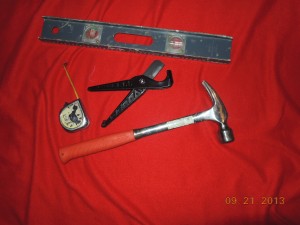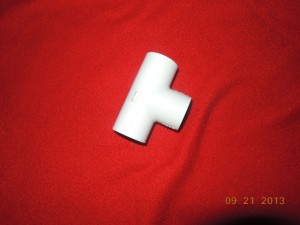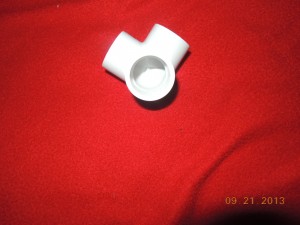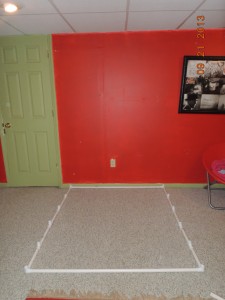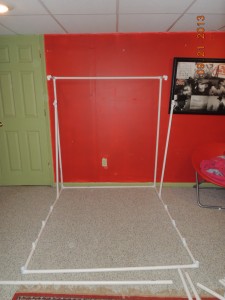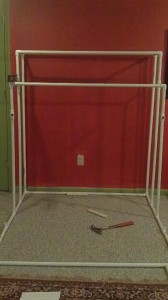Discussion Summary, October 18, 2015
Continuing his recap from last week of Mantra 9 in Part 2, Cantos 3, Swamiji reminded us of the prerequisites for realization.
First, we need a human body and then we need to use it wisely towards the goal of realization.
Second, the real meaning of I must be clear to us. In the statement You are That the You does not mean body or mind but it should remind us of the formless Consciousness. Whenever Upanishad says You, it must instantly remind me of the Consciousness. I should always be in this state. Twampada Vichara is essential.
Third, The importance of a sharp, subtle, focused, undistracted and total intellect is essential. Such an intellect is qualified to receive this teaching. Brahman can be known only through intellect. It is the instrument. In some other context Upanishads say intellect is not the instrument to know Brahman. Clarifying this, Swamiji says the Upanishads are a referring to an unprepared mind.
Shankaracharya says, a mind that can listen deeply and absorb the teaching for a length of time is required. Only a proper understanding from a Guru following the Sampradya illumines the Brahman. The example of a mirror was cited. The mirror must be clean as also the your eyes. So also the qualified intellect combined with knowledge of Shastras will help us “own up to” our own immortality.
Mantra 10:
Swamiji says, in mantras 10 and 11, Yama discusses Yoga Abhyasa or the mental discipline called meditation. This yogic discipline developed by Patanjali, as per Astanga yoga, helps in preparing the mind in its focusing capacity. The culmination of meditation results in Samadhi or Nirvikapla Samadhi or absorption in a chosen field. The object of
meditation in this yoga is on Chakras. Swamiji says, Vedanta Shastras do not advocate Chakra meditation. He says meditation is also considered Upsana. Thus, here we choose any Devata as object of meditation to develop our Chitta Samadhanam, the focusing faculty.
Swamiji says meditation is not prescribed for Self Knowledge. It cannot provide self-knowledge. It provides Sadhana Chatushtaya Sampathi. Gyana alone can provides knowledge. Mystic experiences also do not have anything to do with knowledge, but it can be accepted. A person can be liberated only by purity, focus and Shastric knowledge.
Swamiji says, Samadhi Yoga is not for liberation; it is for developing deep listening skills. Yoga meditation can help us become absorbed in the Deity of meditation. It helps us focus. It helps us with Drishtaand Adrishta Phalam. In meditation, the five sense organs and mind remain without distraction. The intellect also does not think of anything other than the object of meditation. It maintains focus. It can be Savikalpa Samadhi (meditation with support of an object) or Nirvikalpa Samadhi (meditation without an object, which leads to knowledge of purusha or consciousness, the subtlest element.) In Nirvikalpa Samadhi, will recedes. It is the highest goal of Yoga.
Mantra 11:
This state of absorption and destination is also called Yoga (the means and the end). The absorption is the end. In this state of Samadhi all sense organs are undistracted, rested and silent for a length of time. Initially focus will be difficult. One should focus his or her attention to avoid distraction. Swamiji says, with increasing sophistication we have lost this faculty. We are now trying to get it back. Meditation (or focus) is subject of arrival and departure. One has to train the mind, and then it will be ready for Vedanta Sravanam.
Swamiji says, often our listening skill is superficial and not very powerful. As such, our knowledge will also be just academic. After Vedanta Sravanam, remembering the teaching during meditation is also Nidhidhyasanam. Nidhidhyasana means to fully internalize and assimilate the teaching . This will make mind deep and with fullest
impact of the teaching.
Mantra 12:
Now, Swamiji highlights another important preparation. He says we need to value Sraddha in Nirguna Brahman. Since Brahman cannot be seen, felt, or even logically understood, some think of it as Shunya. Shankara compared it to a man born to a barren woman. Even Philosophers do not accept Nirguna Brahman. Swamiji says, we have to
go through the teachings of Shastras, and then we will understand. One cannot objectify Nirguna Brahman, because it is the very Subject. Describing the Nirguna Brahman, Swamiji says, words cannot convey it, Eyes cannot see it, and mind cannot grasp it. It cannot be grasped, as it is the Grasper. Only by understanding that “I am That”, can a believer understand it. So, Sradhda is very important.
Mantra 13:
When one believes, one accepts Brahman is there. As he progresses, he will realize from Brahman “Is” to “I am Brahman”. Converting from Is to I AM is the journey.
Thus: Brahman Nasti>Brahman Asti>Brahman Asmi is the journey. Thus, from this journey Satya Bhava Aikyam occurs. So, Sraddha is important.
Suggested Practice:
Consider performing meditation for some time every day. Reflect on the Nirguna Brahman.
